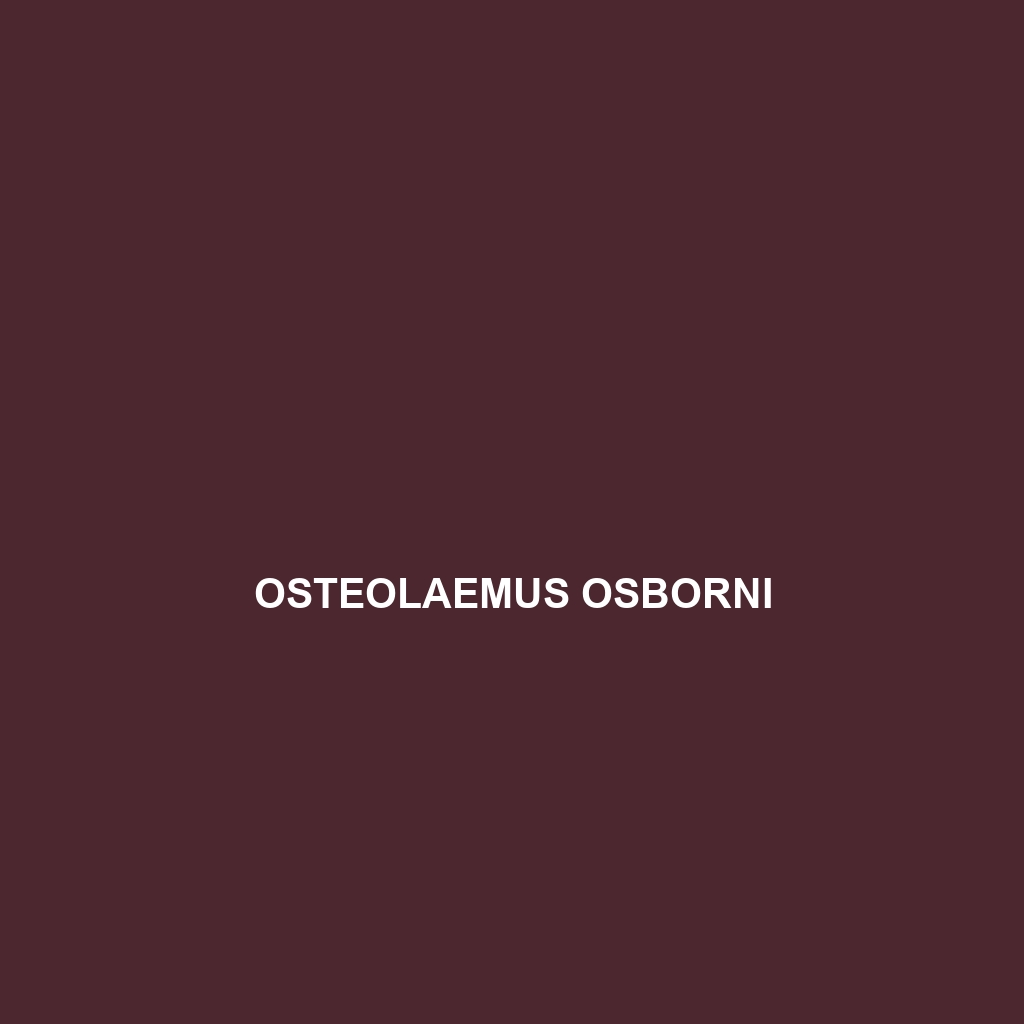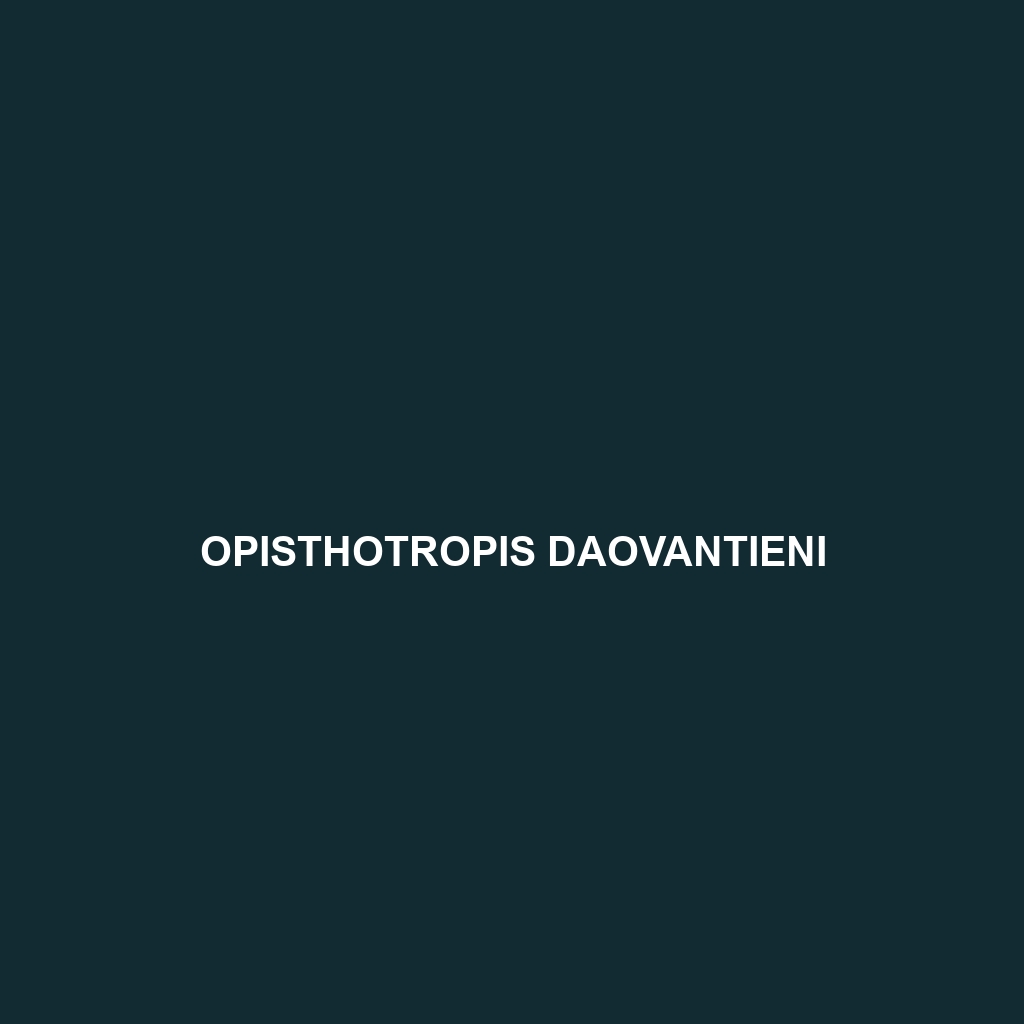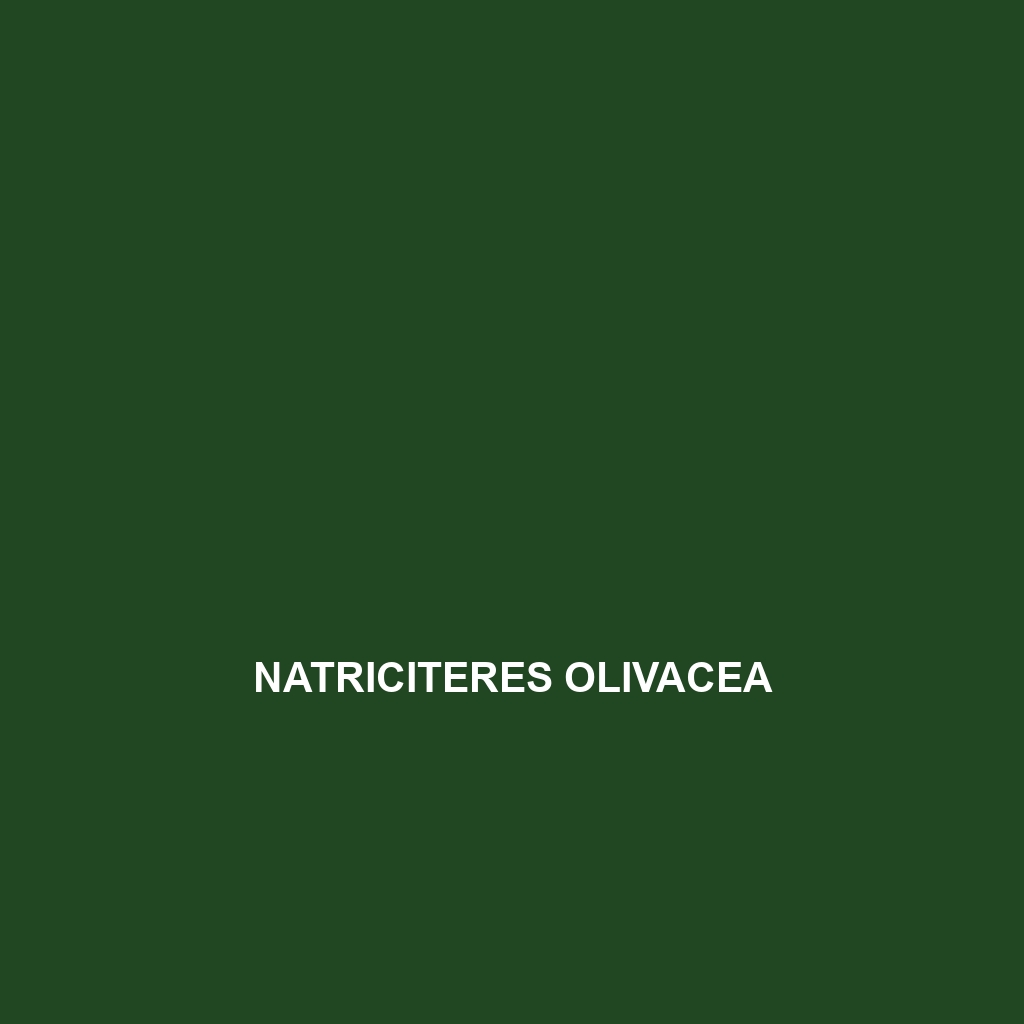<p><b>Sistrurus tergeminus</b>, or the eastern massasauga rattlesnake, is a small, nocturnal pit viper native to the temperate forests and wetlands of the North American Midwest. Characterized by its distinctive gray to brown coloration and rattle, this species plays a crucial role in its ecosystem by controlling rodent populations and serves as an indicator of environmental health.</p>
Tag: wetland ecosystems
Sistrurus tergeminus
<p><b>Sistrurus tergeminus</b>, or the eastern massasauga rattlesnake, is a small, nocturnal pit viper native to the temperate forests and wetlands of the North American Midwest. Characterized by its distinctive gray to brown coloration and rattle, this species plays a crucial role in its ecosystem by controlling rodent populations and serves as an indicator of environmental health.</p>
Pelusios upembae
<strong>Pelusios upembae</strong>, or the Upemba mud turtle, is a vulnerable species native to the freshwater habitats of the Democratic Republic of the Congo and Zambia, characterized by its smooth, olive-brown carapace, webbed feet, and omnivorous diet of aquatic vegetation and small animals. This diurnal turtle plays a vital role in its ecosystem by contributing to nutrient cycling and maintaining balance among aquatic organisms.
Pelomedusa schweinfurthi
Discover the fascinating Pelomedusa schweinfurthi, or Schweinfurth's mud turtle, a vulnerable species thriving in Africa's freshwater habitats. With their distinctive dark brown to olive-green, spotted shells, these omnivorous turtles play a vital role in their ecosystems, helping maintain ecological balance while adapting to diverse environments.
Osteolaemus osborni
Discover the unique Osborne's Crocodile (Osteolaemus osborni), a vulnerable species native to West Africa's lush rainforests and riverine systems, known for its distinctive dark olive green to brown coloration, remarkable hunting agility, and vital role as an apex predator in its ecosystem. With a length of 3 to 4 meters and a diet primarily consisting of fish and amphibians, this nocturnal creature showcases fascinating behaviors during mating and basking.
Opisthotropis daovantieni
Opisthotropis daovantieni, also known as the Daovantien snake, is a slender, nocturnal species found in the humid rainforests of Southeast Asia, characterized by its striking coloration and iridescence. This carnivorous snake primarily preys on small mammals, birds, and insects, playing a vital role in maintaining ecosystem balance.
Oligodon russelius
The Oligodon russelius (Russell's Keelback) is a non-venomous, medium-sized snake found in humid rainforests and wetlands of Southeast Asia, recognized for its slender body, dark brown or olive coloration, and distinctive keeled scales. It plays a crucial ecological role by controlling amphibian populations and exhibits primarily nocturnal behavior, feeding on frogs and small fish.
Nerodia harteri
<strong>Nerodia harteri</strong>, commonly known as Harter's Water Snake, is a non-venomous snake found primarily in freshwater habitats like swamps and marshes in the southeastern U.S. Characterized by its slender body, dark brown to olive-green coloration, and diurnal behavior, it plays a crucial role in aquatic ecosystems by regulating fish and amphibian populations.
Nerodia clarkii
Experience the fascinating Nerodia clarkii (Eastern Green Water Snake), a robust, non-venomous species found in freshwater habitats across the southeastern United States. With its striking green or brown coloration and agile swimming abilities, this snake plays a vital role in maintaining the ecosystem's balance by preying on fish and amphibians.
Natriciteres fuliginoides
Discover the Natriciteres fuliginoides, also known as the swamp water snake, renowned for its striking coloration and excellent swimming abilities. This diurnal predator thrives in wetland habitats, preying mainly on fish and amphibians, and plays a crucial role in maintaining ecological balance.









